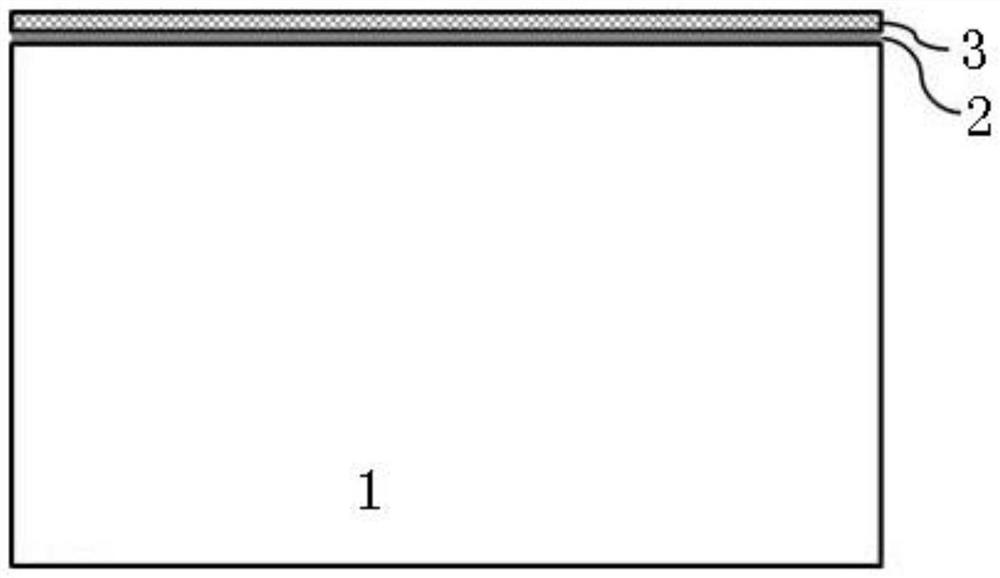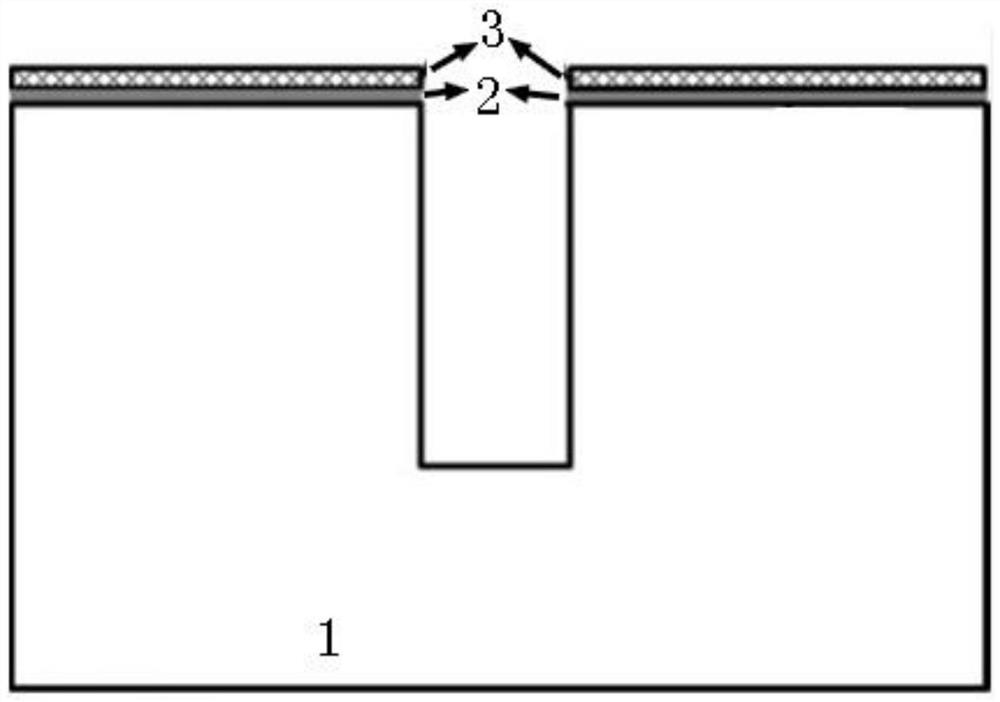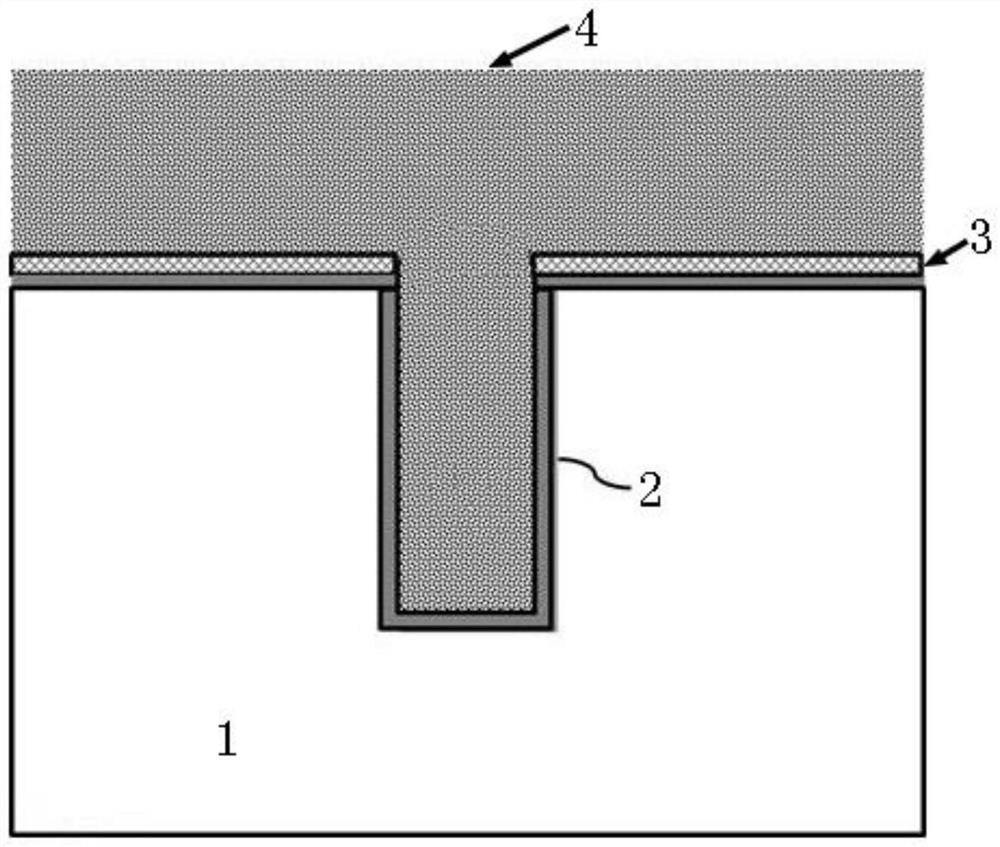Deep Trench Isolation Process
A process method, deep groove technology, applied in the manufacturing of electrical components, circuits, semiconductor/solid-state devices, etc., to reduce challenges, reduce difficulty, and save masks
- Summary
- Abstract
- Description
- Claims
- Application Information
AI Technical Summary
Problems solved by technology
Method used
Image
Examples
Embodiment Construction
[0032] The deep trench isolation process method described in the present invention is described as follows in conjunction with the accompanying drawings, and each step corresponds to Figure 1 to Figure 10 , including the following process steps:
[0033] In step 1, a semiconductor substrate is provided, and a silicon oxide layer and a silicon nitride layer are sequentially formed on the surface of the semiconductor substrate, such as figure 1 shown. Forming the silicon oxide layer and the silicon nitride layer adopts a traditional deposition process to form a film layer with uniform thickness and good quality on the surface of the semiconductor substrate.
[0034] Step 2: Etch the silicon nitride layer and the silicon oxide layer through the definition of photoresist, open the area where the deep trench is to be formed, etch downward to form a trench with a certain depth, and the depth of the downward etching can be freely It is determined that the downward etching depth i...
PUM
 Login to View More
Login to View More Abstract
Description
Claims
Application Information
 Login to View More
Login to View More - R&D
- Intellectual Property
- Life Sciences
- Materials
- Tech Scout
- Unparalleled Data Quality
- Higher Quality Content
- 60% Fewer Hallucinations
Browse by: Latest US Patents, China's latest patents, Technical Efficacy Thesaurus, Application Domain, Technology Topic, Popular Technical Reports.
© 2025 PatSnap. All rights reserved.Legal|Privacy policy|Modern Slavery Act Transparency Statement|Sitemap|About US| Contact US: help@patsnap.com



